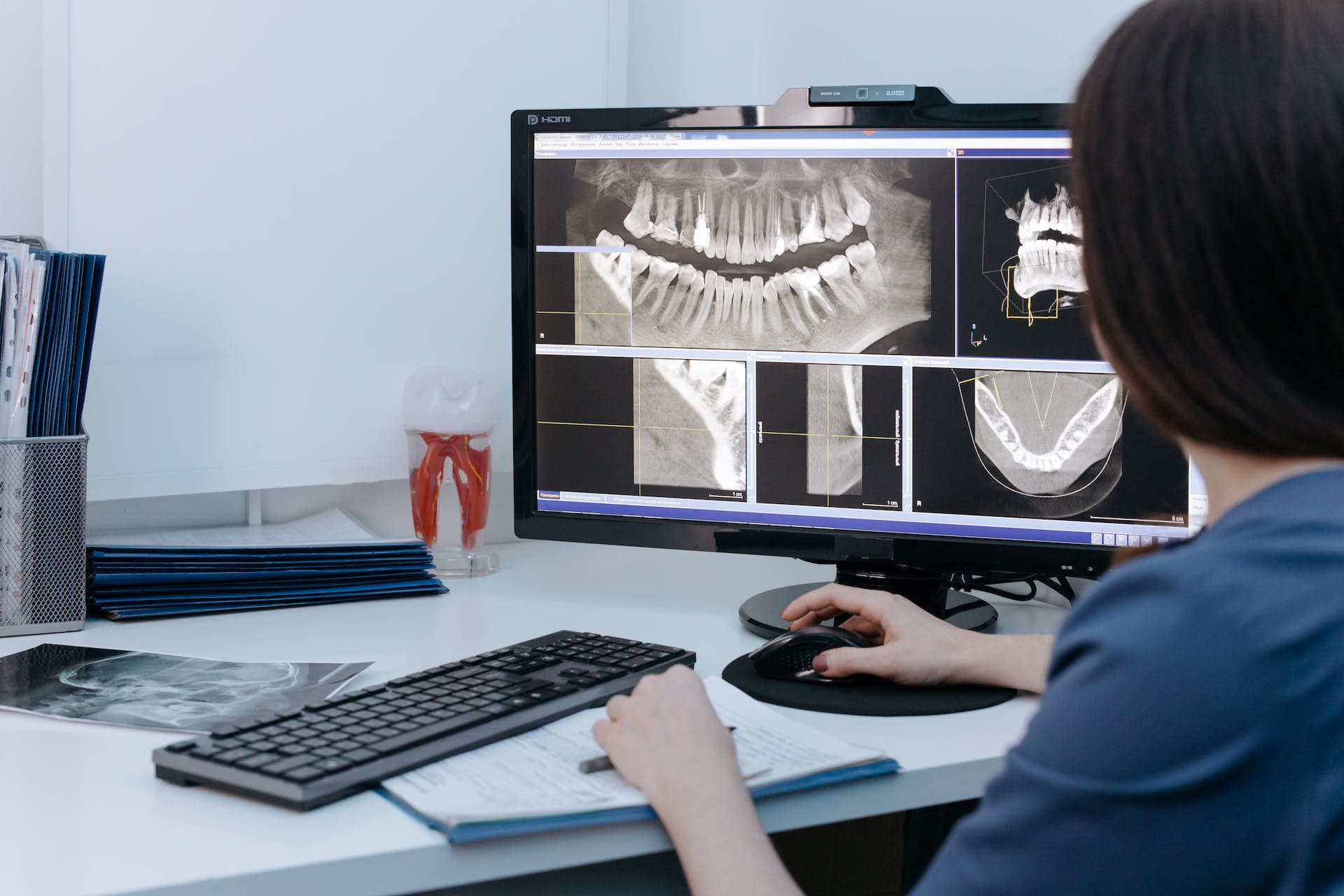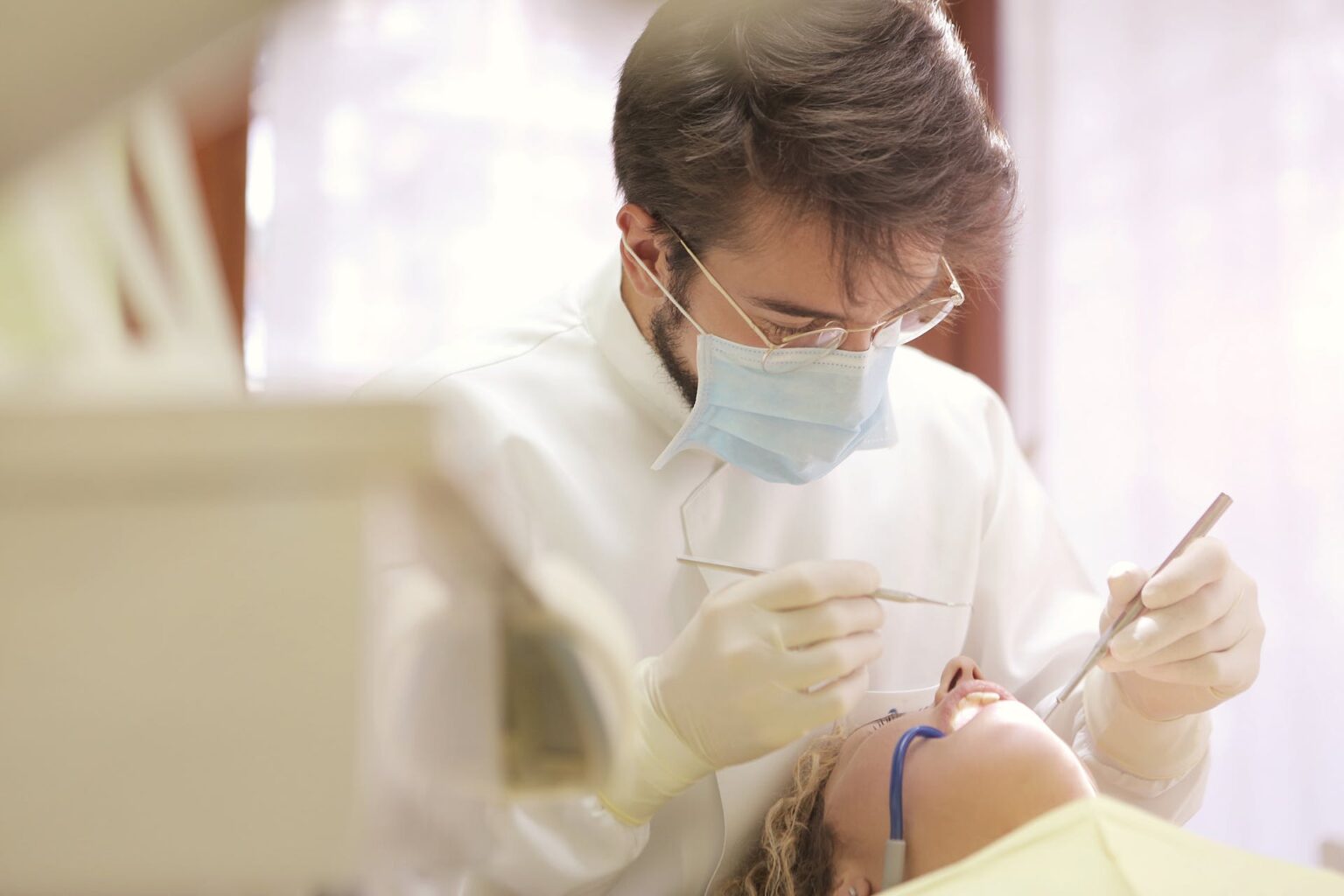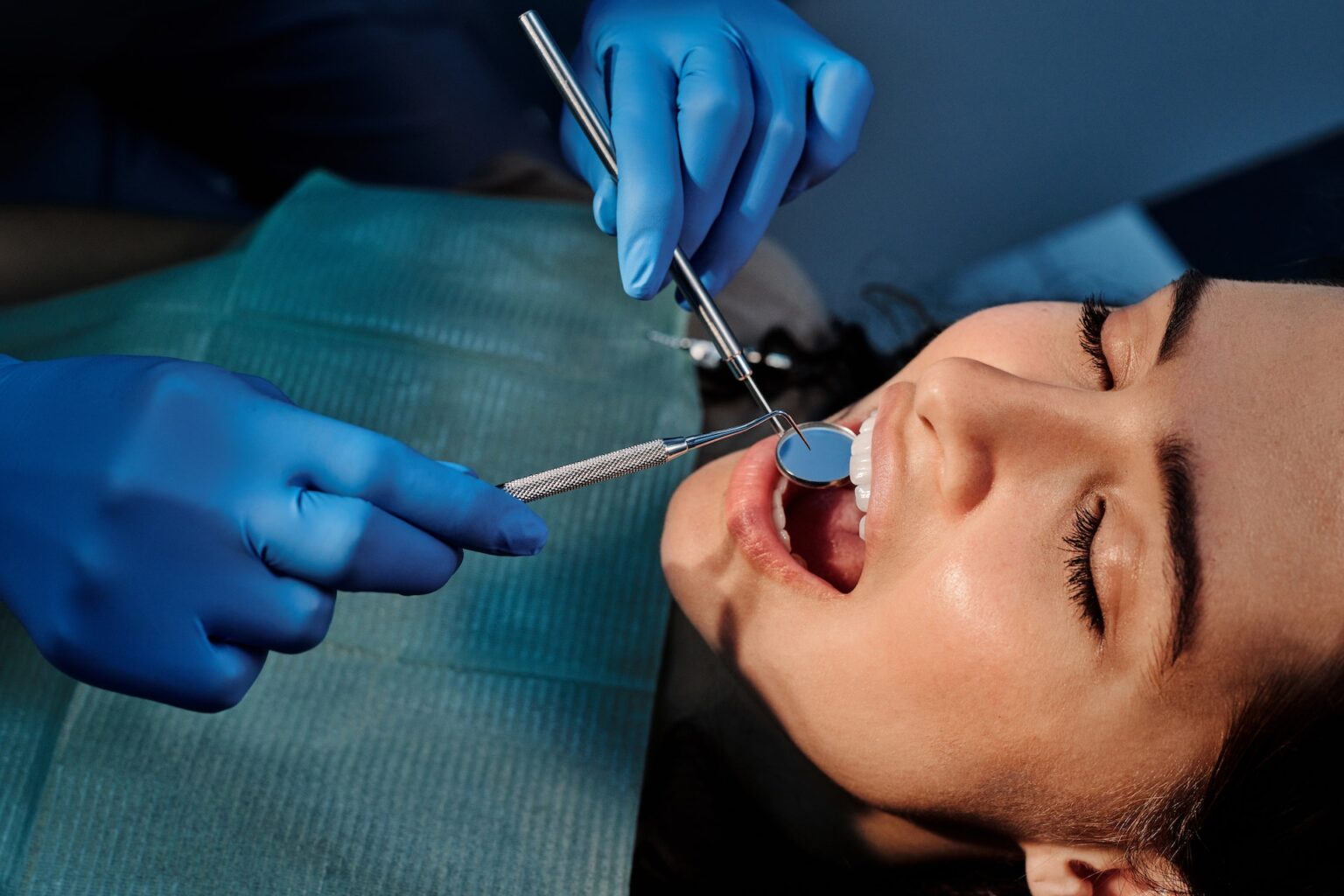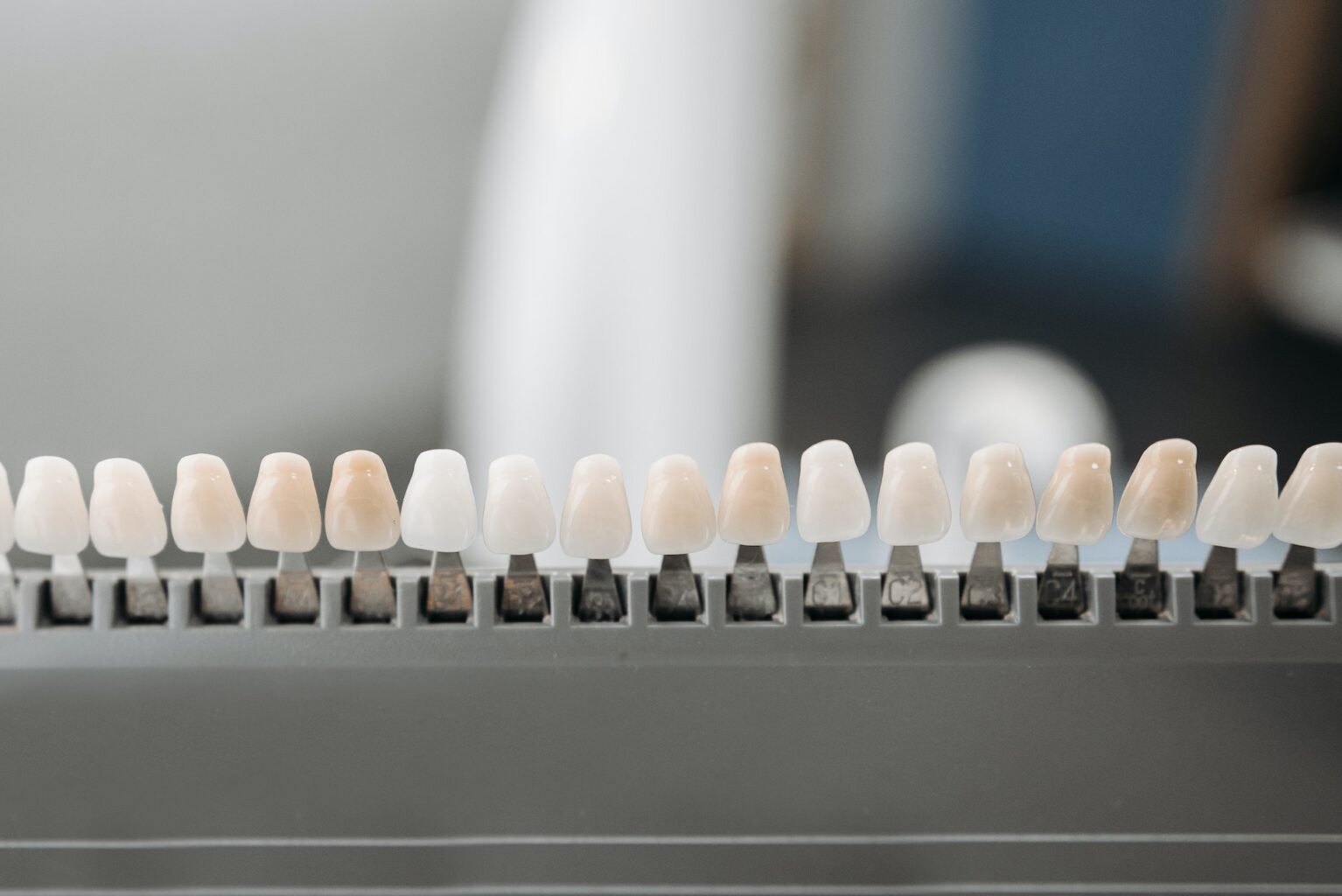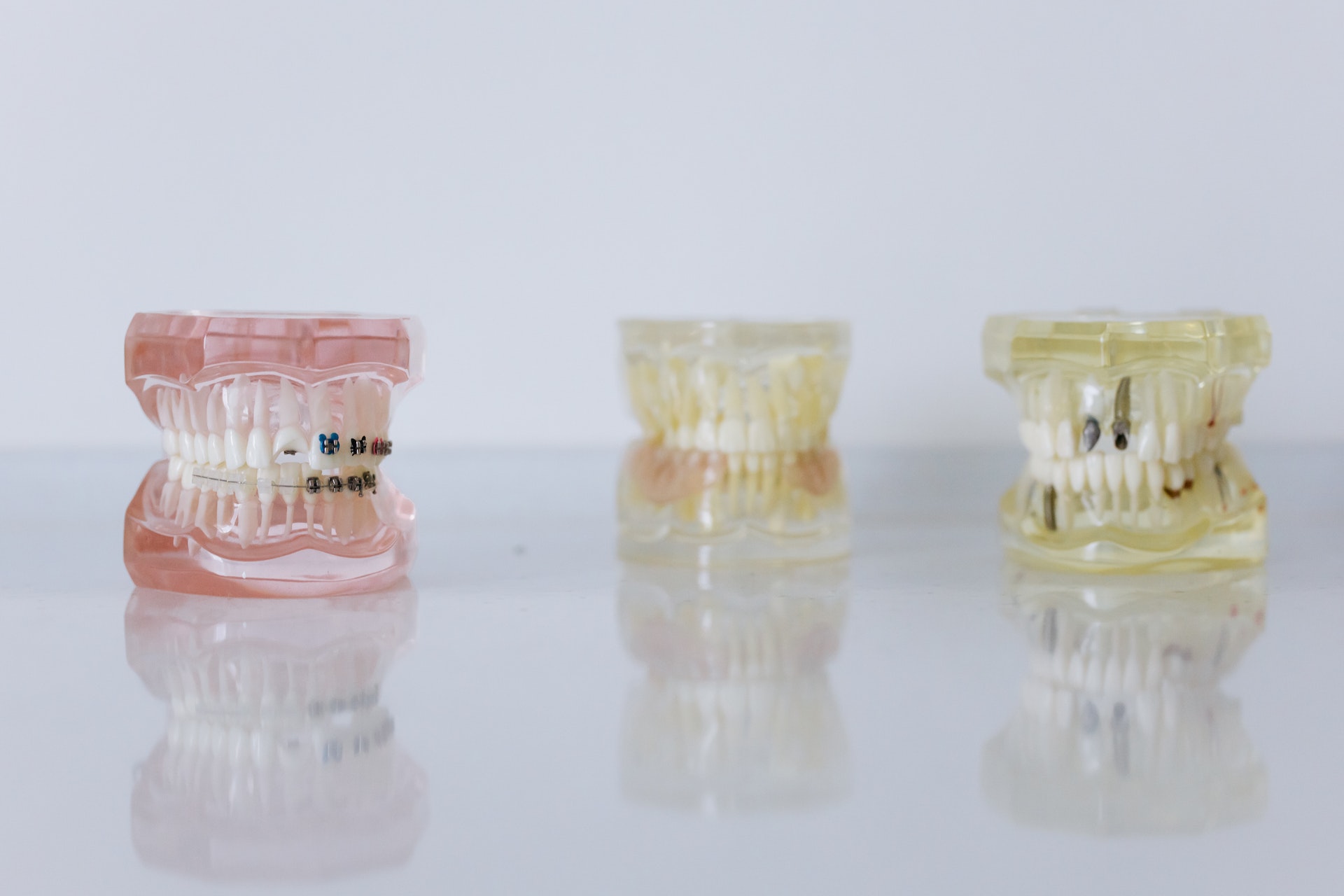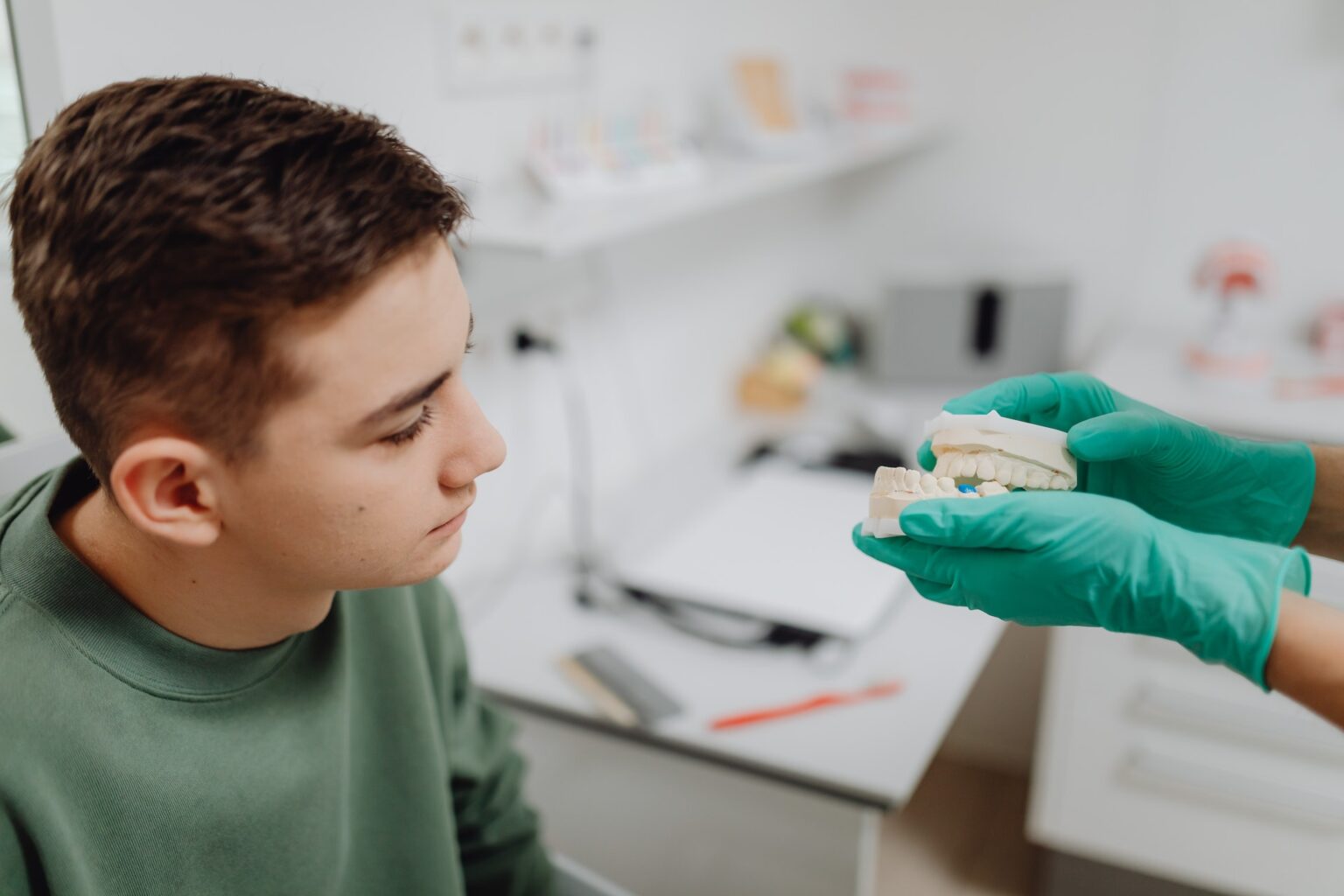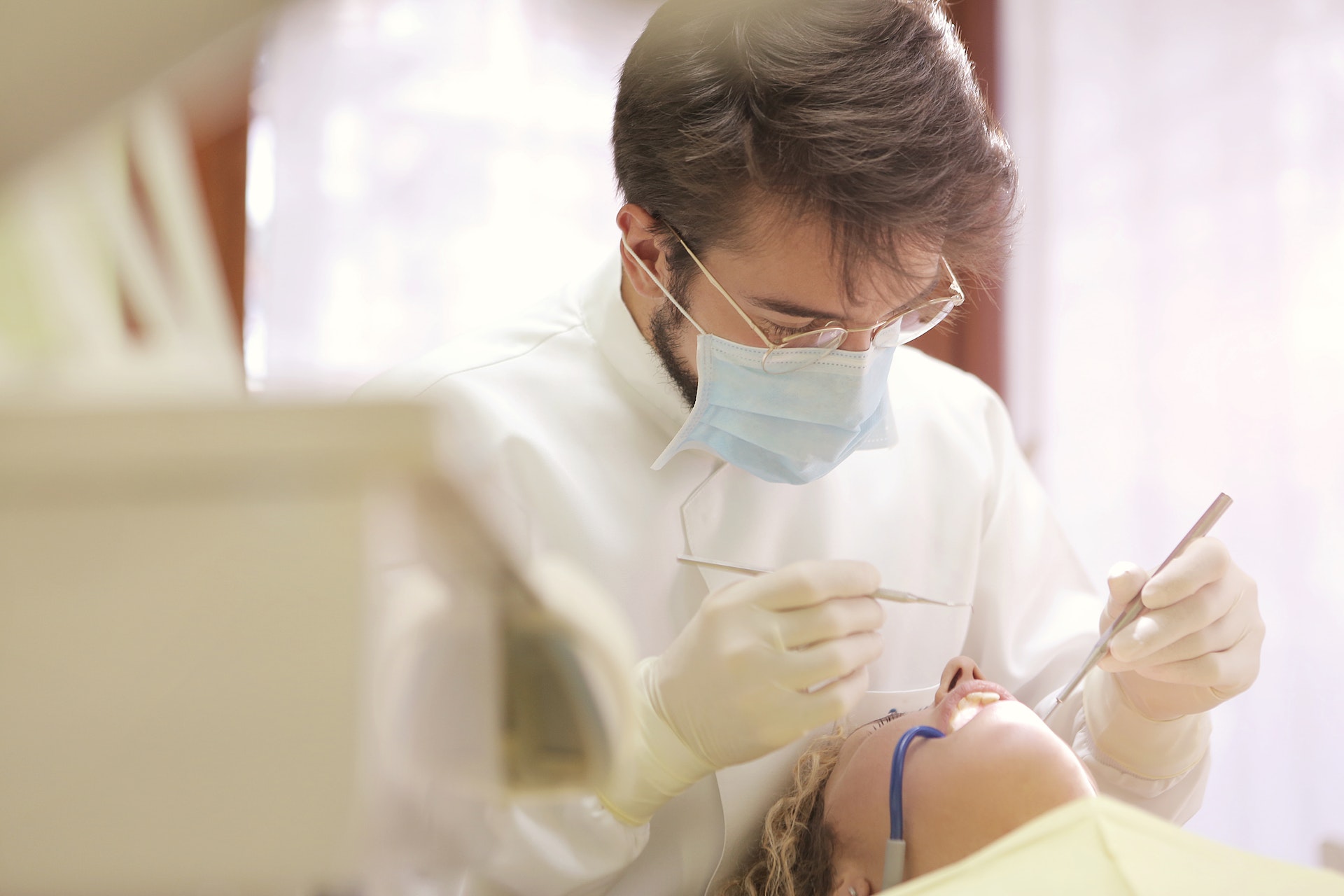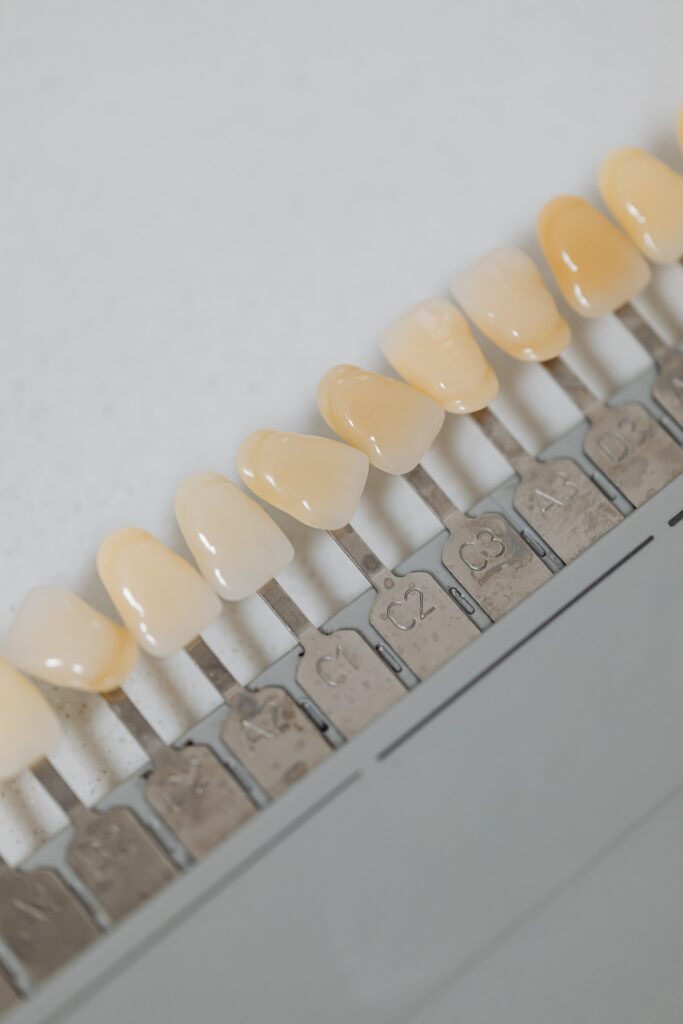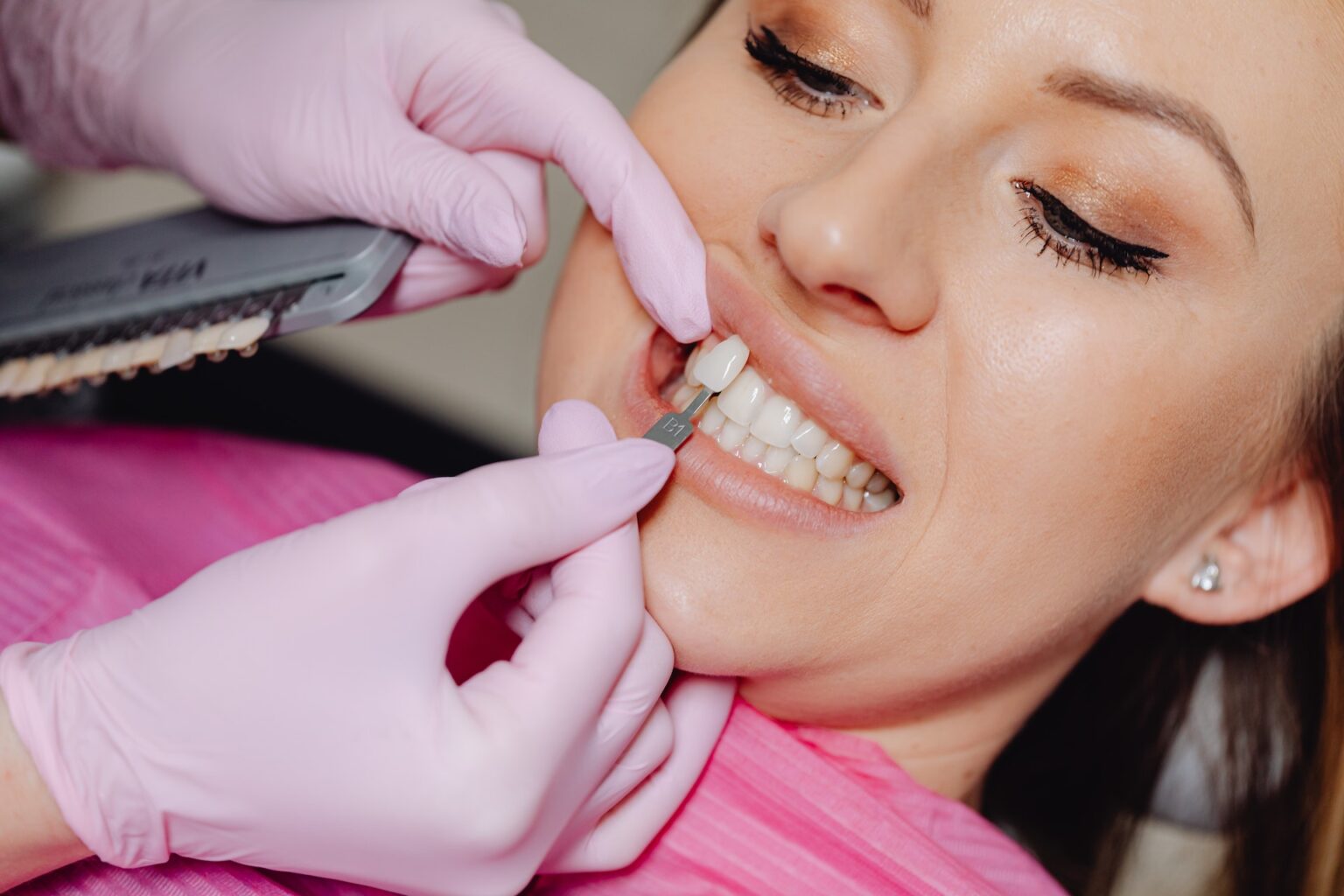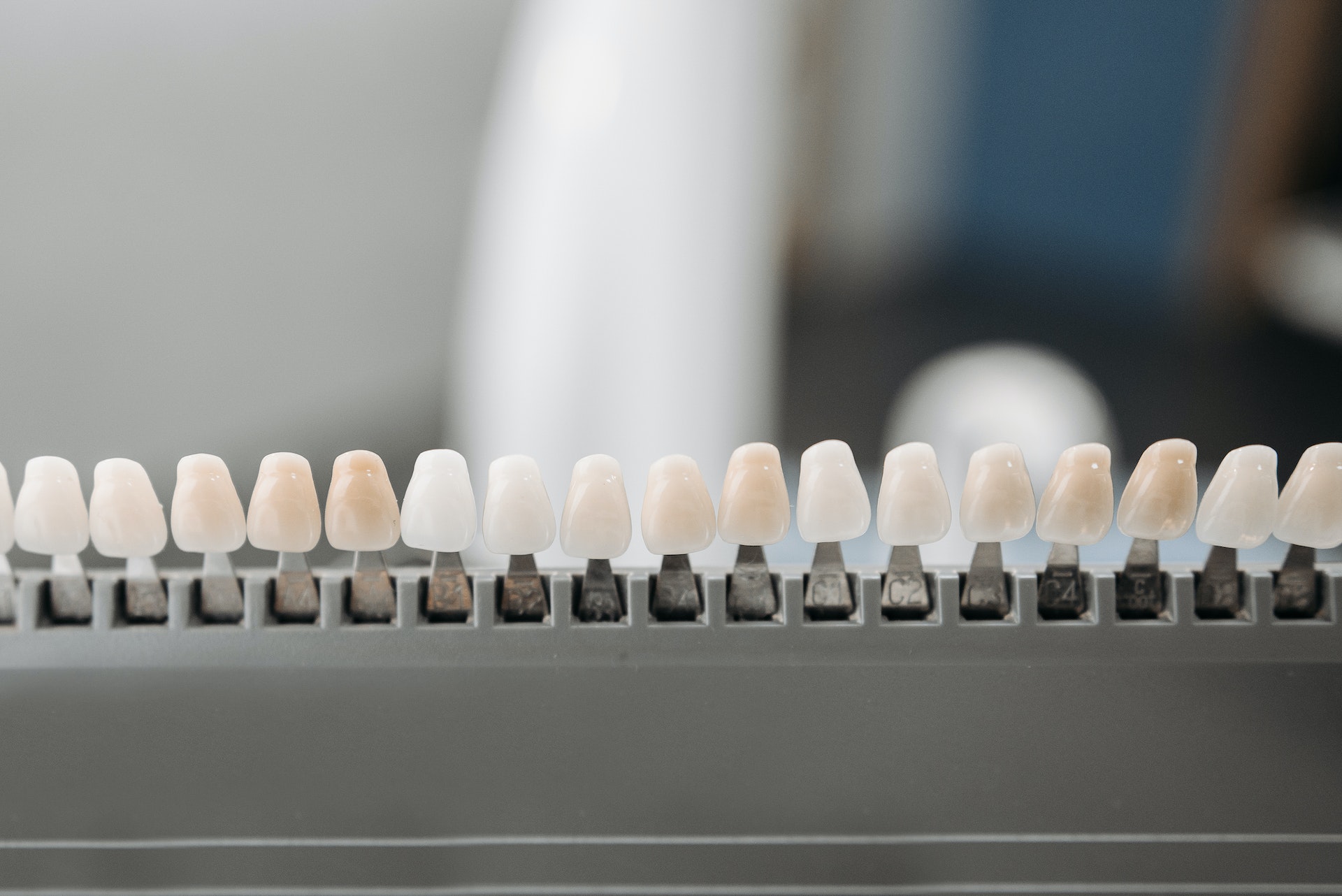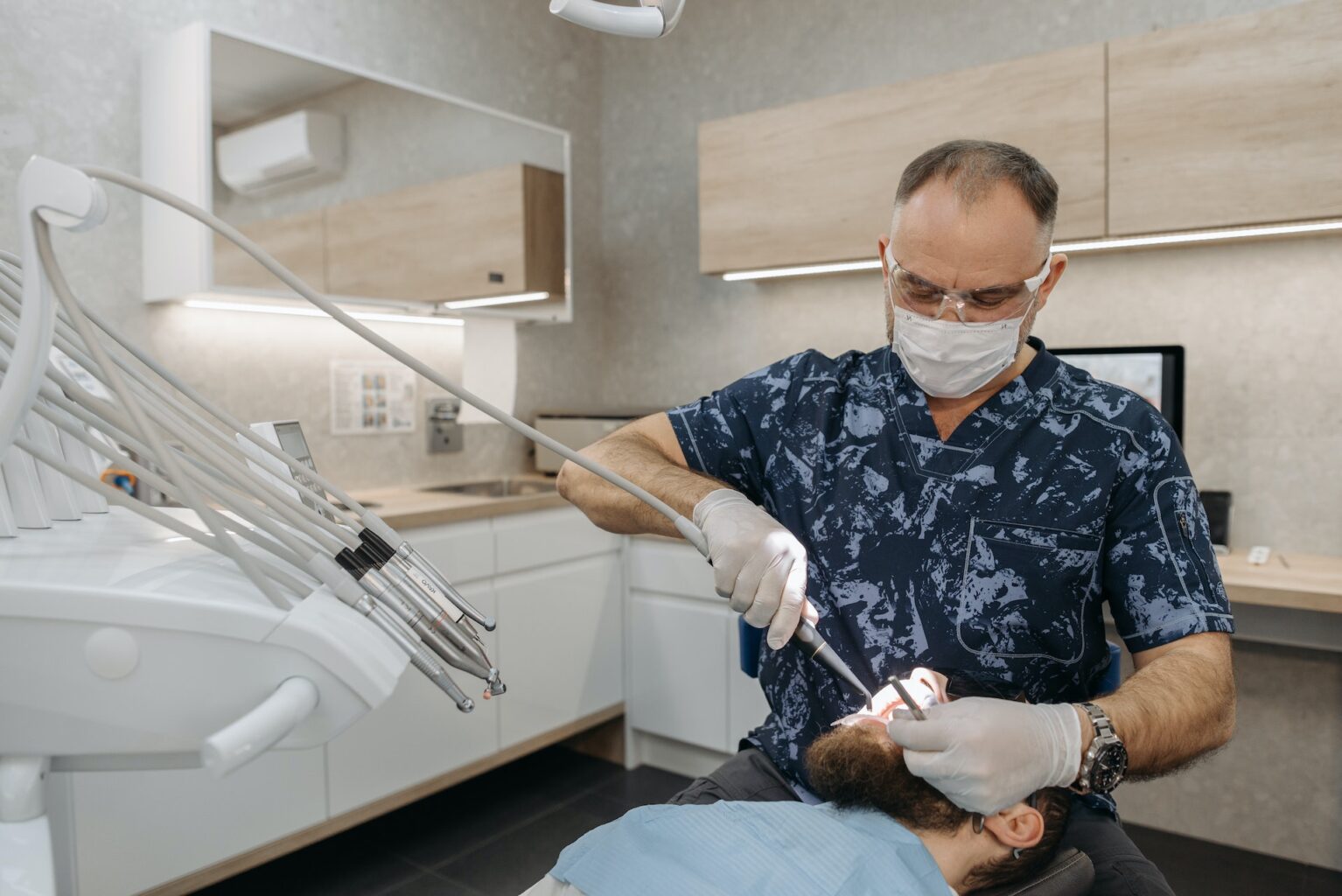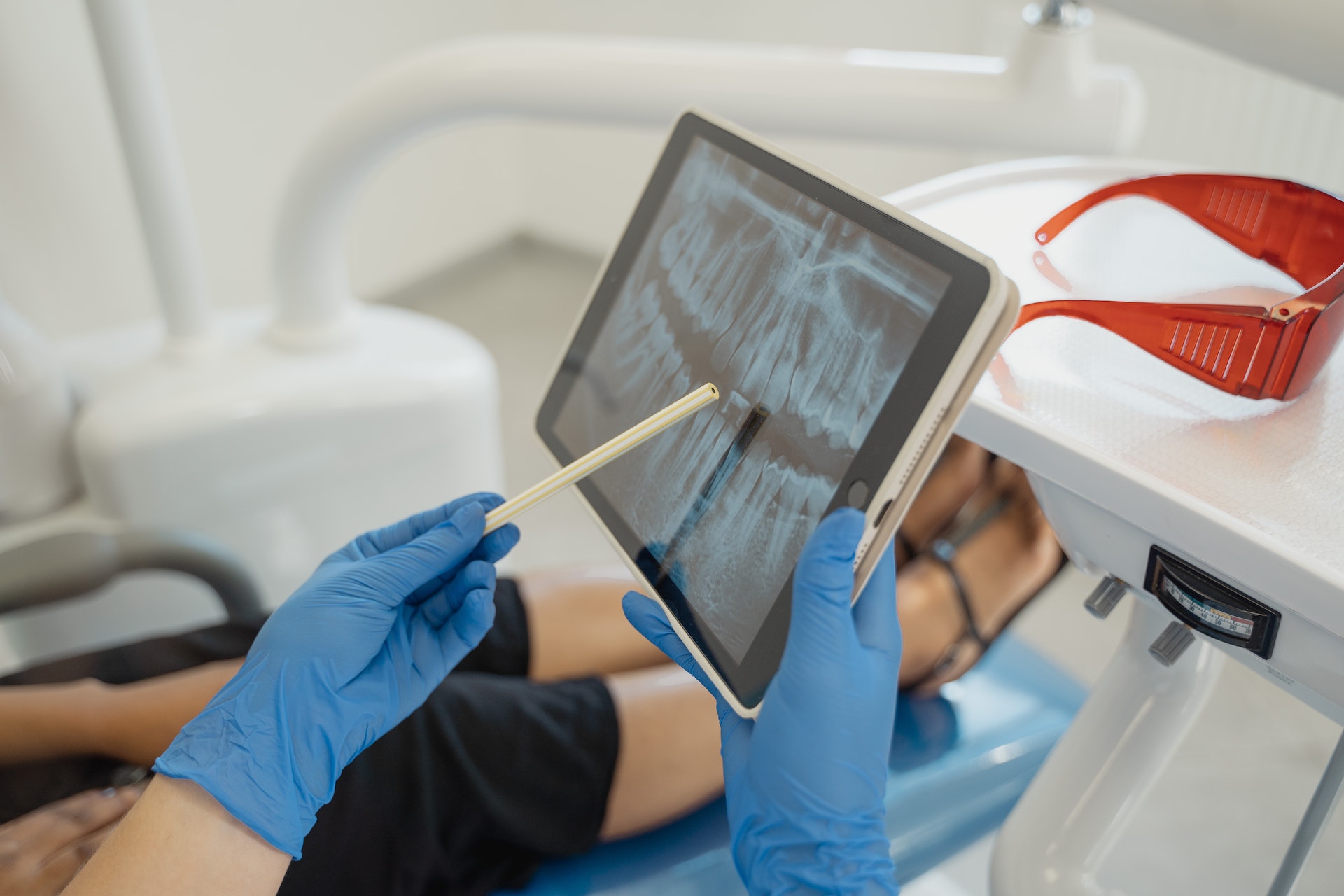Congrats! You’ve made an important decision; that is, for your oral health. But what’s next? What to do after tooth extraction is a question on many lips, especially in the aftermath of one. Decay, crowding, and infection are just some of the factors that could lead you to have a tooth extracted. So you should know what to do after tooth extraction.
A solid post-tooth extraction care is critical for a smooth and speedy recovery. It’s vital to reduce discomfort and complications that can arise afterward. So keep reading if you’ve just gotten your tooth extracted and need to know the best way forward.
Immediate Post-Tooth Extraction Care
You should figure out what happens once the tooth is extracted. After the tooth is extracted, the dentist will place a piece of gauze over the extraction site to control bleeding. You will be told to bite down gently but firmly. Keep it that way for 45 minutes for the blood clot to form. Remember to avoid disturbing the blood clot forming in the extraction site. This clot is necessary for proper healing. Avoid rinsing, spitting, or touching the extraction site with your tongue or fingers.
An ice pack on your face afterward helps with the swelling and discomfort. Place it near the extraction site on the outside of your face. Don’t use the pack for more than 15 minutes at a time (do it in intervals).
Managing Discomfort
Your dentist might prescribe over-the-counter pain medication to manage post-extraction discomfort. Avoid aspirin at all costs since this can act as a blood thinner. Follow a soft food diet after the procedure. Go for foods like yogurt, mashed potatoes, smoothies, and soups. For 24 hours immediately after the procedure, avoid smoking or drinking alcohol. These substances can interfere with the healing process, increasing the risk of complications.
Foundational Oral Health
You can safely resume brushing your teeth after the day of the extraction. Your teeth are not nails, and your brush shouldn’t be a sledgehammer for them, either. Brush gently and avoid the extraction site. Opt for a soft-bristled toothbrush. Don’t skimp out if your dentist has asked you to use a saltwater rinse. It’s to keep the extraction site clean. Don’t dislodge the blood clot when setting your oral hygiene routine.
Avoid using straws or spitting vigorously in the days immediately after the extraction. It can dislodge the blood clot and make the healing process more complicated.
Monitoring Healing
Take follow-up appointments after tooth extraction; it could compromise your oral health. These appointments will inform you about tooth extraction care, what to do after extraction in the long term, and so on. Your dentist will also remove any remaining sutures and assess the extraction site during these appointments.
If you’re dealing with severe or worsening pain, excessive bleeding, persistent swelling, or any other symptoms that seem concerning, contact your dentist. Further guidance and evaluation might be needed to ensure everything is okay.
Long-Term Tooth Extraction Care
Not all teeth have equal functionality in your life. Your dentist might offer replacement options when the tooth is essential. They will also advise you to be as healthy as possible. That includes eating your greens and not skipping dentist appointments!
Replacement Options
The tooth extracted can determine whether you need to consider replacement options seriously. In some cases, replacements are mandatory to maintain oral function and your smile. Dental implants, bridges, and partial dentures are popular solutions for replacing missing teeth. Dental implants, specifically, offer a permanent and stable solution. It mimics the appearance and function of natural teeth. Replacing missing teeth can prevent potential complications such as shifting adjacent teeth, bite alignment changes, and loss of jawbone density.
Regular Check-ups
A tooth extraction can compromise oral health when you do not care for what happens after the procedure. While your dentist will assess the condition of your remaining teeth and monitor your healing process, you must also be vigilant like a night watchman. Scheduling regular dental appointments will ensure your dentist can address any emerging issues immediately.
Oral Hygiene
Good oral hygiene is impactful when kissing, talking, and especially when you’ve had a tooth extraction. And where does one start?
To do after tooth extraction
- Brush twice daily
- Use a fluoride toothpaste
- Use soft-bristled toothbrush
- Floss on the daily for plaque and food debris removal
- Invest in interdental brushes or water flossers
Pay close attention to the extraction site, ensuring it remains clean and food debris-free.
Healthy Lifestyle Choices
Say no to alcohol. And turn towards something other than junk food. A holistic lifestyle is like a life raft for your body. You make conscious choices to hold on to health, well-being, and peace. Your health needs balance. It’s not just about what you’re eating, but where you’re going, what you’re doing in your free time, and more.
You’ve reached for the life raft. Nice job! Your body is like your ship, and it’s time to set a course toward healthier choices that change your ship from the inside out. Go full steam ahead toward nutrient-dense foods after a tooth extraction (fruits, vegetables, lean proteins, and dairy). Limit the sugar, carbonated drinks, and processed products. These can contribute to tooth decay and gum disease. Avoid tobacco products as much as you can, as this increases the risk of gum disease, oral cancer, and other serious health issues.
Take Care of Your Oral Health with Definitive Dental
Ever watched a rom-com? Your dental health is like a rom-com. There’s fun, there’s laughs, and there are even tears at times. But you can have a happy ending if you know the way there. With Definitive Dental, you’ll always have a happy dental ending. Your reliable and trusted Grand Prairie dentist is here to deal with all your oral health problems.
A tooth extraction isn’t for the weak; our team helps you stay strong. Let’s face it: nobody likes thinking about oral health. But chronic conditions like diabetes, heart disease, and osteoporosis can pop up when you’re not taking care of your oral health. Live your best life when you resolve underlying conditions impacting your oral health. When you’re wondering what to do after tooth extraction, we’re here to help. Call us today to book an appointment to maintain your oral health and smile.







